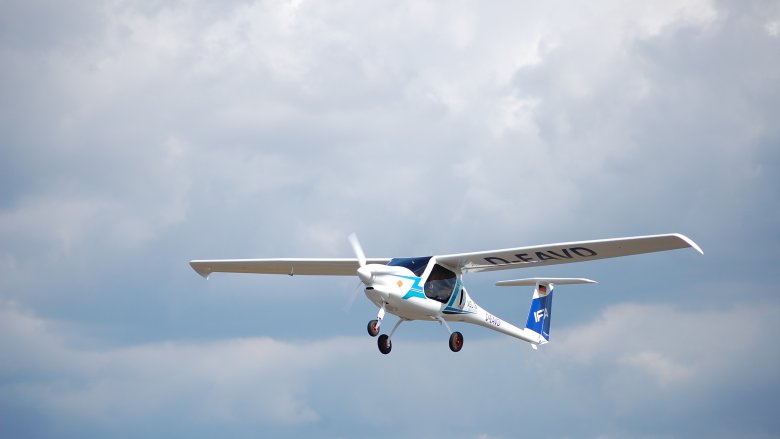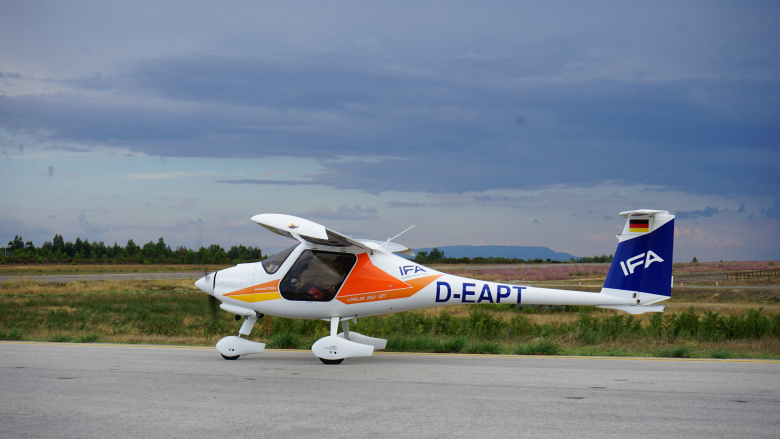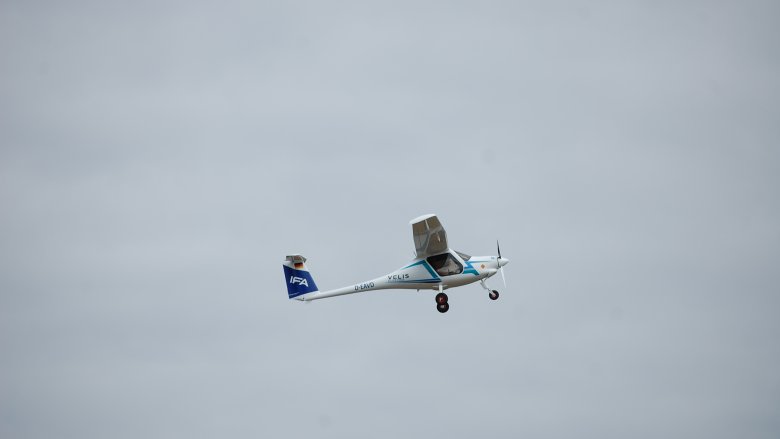The importance of aircraft inspections before flights
Pre-flight inspections are extremely important, specially for aspiring pilots to verify the airworthiness of the aircraft.
The students must conduct a thorough analysis of the aircraft before boarding it, whether solo or with an instructor by their side. Inspections can indicate any possible problems that may exist before take-off, allowing the pilot-to-be to assess whether or not it is safe to fly. Each plane is different and has its own characteristics, but there are some common key points. It is important to note that the verification steps to be taken should not be skipped or done in a hurry.
Skipping or rushing steps can result in flight inconveniences or serious consequences. Pre-inspections typically begin with a visual investigation of the aircraft’s surroundings, looking for anything abnormal or that won’t function correctly. That said, the pilot should check the blades, wings and flaps, fuel system, instruments, engine and others. The attention to the details and being organised in this task is crucial. The student should also check the cockpit for switches or valves out of the right position and see if the seatbelts are operational.
Besides this type of aircraft inspection there are others, such as the analysis conducted thoroughly by the aircraft maintenance technicians, following the necessary requisites and within the respective amount of hours (such as 50h, 100h or annual).
In summary, pre-flight inspections can prevent accidents or errors while piloting the airplane.









